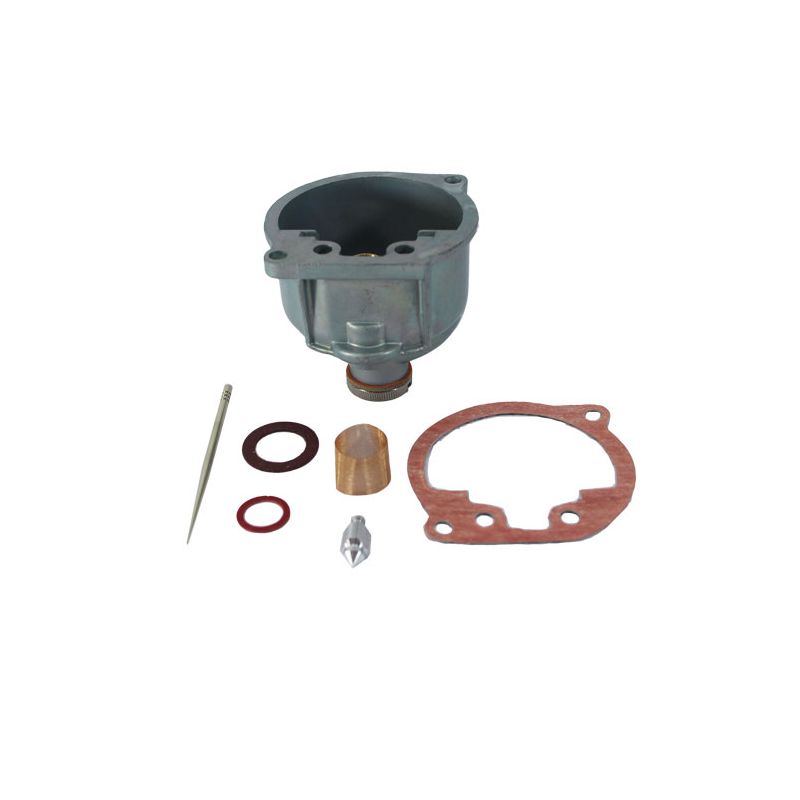Charkmandler
VIP MEMBER
- Joined
- Nov 6, 2023
- Messages
- 17
I've just had my flywheels pushed together by a speedway engine builder and got talking about jetting for methanol. He says the speedway 500's are around 210 main jet and he could not believe that on petrol I run the same size (220 actually) for a road Vincent comet. When racing in the late 80's with a TT carb on a 350 my main jet was around 700 which I think was to big but thats what I had and it ran well.
Checking speedway engine specs they are all around 210 main jet - is this just a carb difference? Can anyone shed light on this as I need to jet my 350 model 50 with a Amal Mk2 for hill climbs and the odd race.
Checking speedway engine specs they are all around 210 main jet - is this just a carb difference? Can anyone shed light on this as I need to jet my 350 model 50 with a Amal Mk2 for hill climbs and the odd race.

